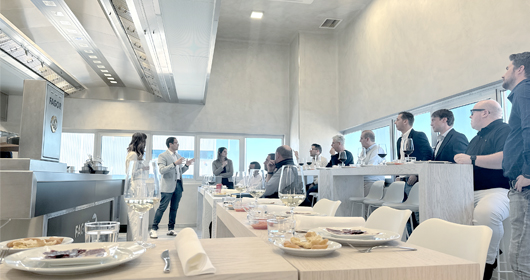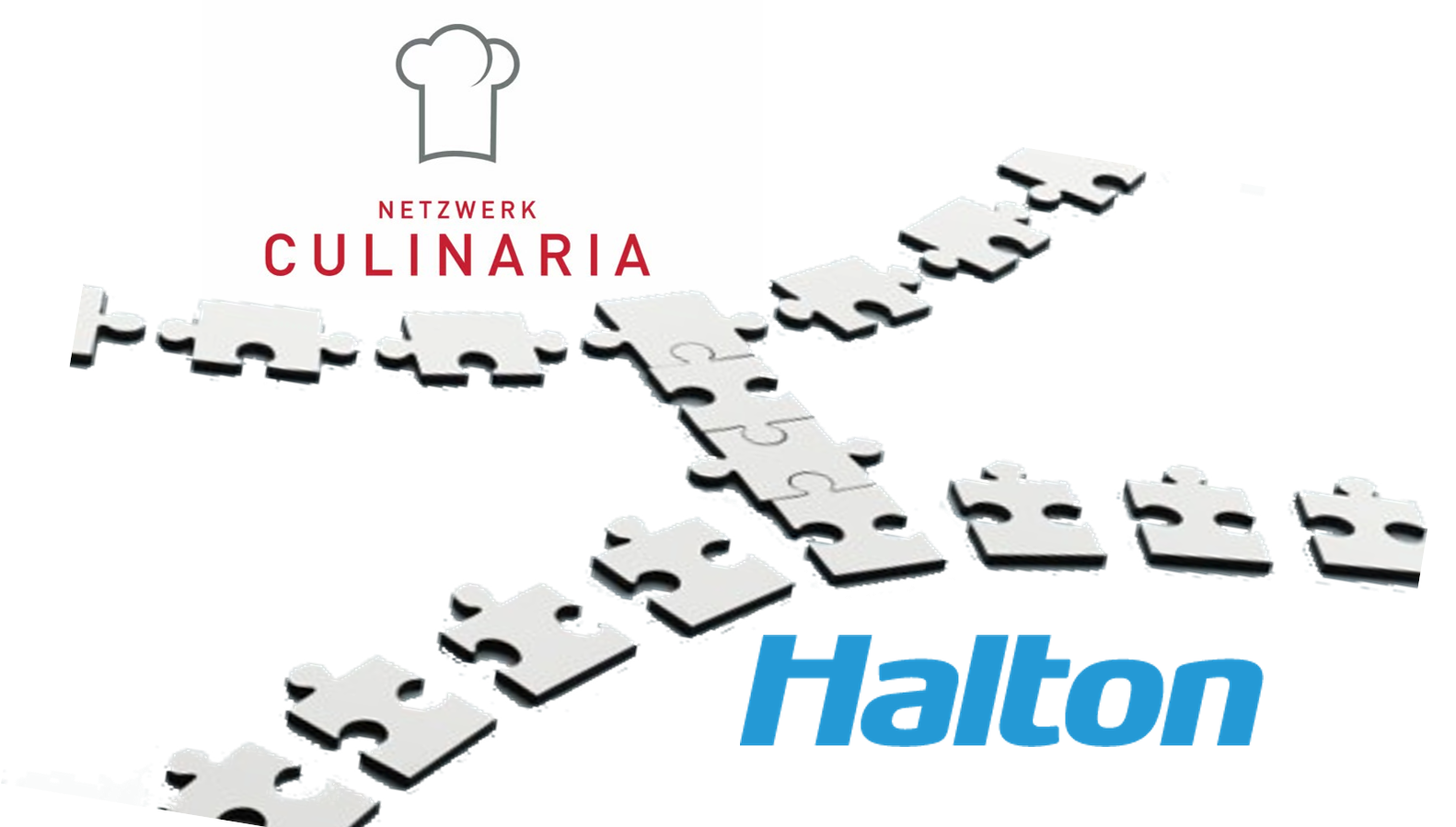See attachment material (Cision Press Service).
“As the epidemic continues, people will need to work and study in shared facilities, and move around and shop in public and commercial buildings as safely as possible. Individual behaviour and measures are very important in this regard, but experience shows that human behaviour tends to be inconsistent. There is an urgent need to improve the safety of indoor spaces by having a bigger, direct impact on the physical environment,” says Tarja Takki-Halttunen, Vice-Chair of the Board of Directors of Finnish indoor air company Halton.
Use every means available
To reduce the risk of infection via ventilation, Halton recommends a five-point list which includes turning up the ventilation; checking the air distribution; purifying indoor air; ventilating rooms between events such as meetings; and technical maintenance to ensure that air conditioning and air purification are functioning well.
The most promising situation is achieved by combining these with other precautions, such as protective plexiglass used as mechanical virus barriers, management of the space load, hygiene instructions and, where possible, personal protection with face masks. The various levels of infection management are routine in hospitals, where pathogens are common.
Halton’s case study and goal: the safest office in Finland
Halton also supplies efficient indoor air solutions for hospitals, laboratories, professional kitchens and other special environments with high requirements. Requirements at our new head office in Tripla, Helsinki, have also been raised due to the pandemic.
In spring 2020, Halton performed a case study of its premises, including a risk analysis of viral exposure. This led to a model for a safe return to work, taking account of matters such as the occupancy rate of the premises, the location of active workstations, air flow control, the level of ventilation, and separate air purification. No coronavirus infections have been detected so far in Halton’s office.
“We may still have much to learn about this virus, but that does not stop us from acting rationally on the basis of what we do know. Now is the time to use all available means, starting with the easiest such as turning up the air conditioning. You should ask a professional about any issues related to the direction of airflows and active air purification,” says Tarja Takki-Halttunen.
Further information
Tarja Takki-Halttunen, Vice-Chair, Halton Group
Tel. +358 40 5010 121
Kim Hagström, Product Development Director, Halton Health and Buildings segments
Tel. +358 40 5232 526


